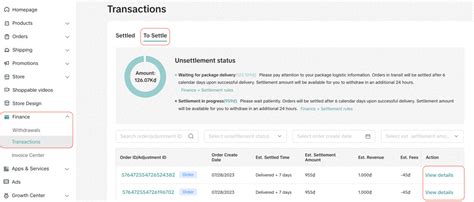3 min de lectura
Ethereum: How are transaction fees calculated in the case of L2?
CRYPTOCURRENCY
Ethereum: How Transaction Fee is Calculated for L2 (Layer 2) Transactions?
When it comes to Ethereum transactions, particularly those involving Layer 2 (L2) solutions like Optimism and Polygon, calculating transaction fees can get complex. In this article, we’ll delve into how these fees are calculated in case of L2 transactions.
Transaction Fee Basics
Before diving into the specifics of L2 transactions, it’s essential to understand how traditional Ethereum transactions work. When a user sends Ether (ETH) from their wallet to another address on the Ethereum network, the transaction fee is paid to the sender as part of the gas price. The more expensive the transaction, the higher the gas price and subsequently, the higher the transaction fee.
Layer 2 Transactions: Gas Efficiency and Fees
L1 transactions use traditional Ethereum’s Proof-of-Work (PoW) consensus mechanism to secure the network. In contrast, L2 solutions like Optimism and Polygon aim to reduce congestion and processing times by offloading some of these computations to specialized nodes in the L2 layer.
To optimize gas efficiency, many L2 solutions have introduced new transaction fee models that take into account factors such as:
- Gas usage: The amount of computational resources required to process a transaction.
- Transaction complexity: More complex transactions require more computational resources.
- Liquidity: Transactions involving high-value or high-complexity assets may incur higher fees.
Calculating Transaction Fees for L2

Now that we’ve covered the basics, let’s dive into how these fees are calculated in case of L2 transactions.
In traditional Ethereum transactions, the transaction fee is typically calculated as the product of gas price and gas usage. However, for L2 transactions, this approach is less applicable. Instead, most L2 solutions use a more sophisticated model that takes into account various factors to determine the optimal transaction fee.
Here’s an example:
Let’s say we have two users, Alice and Bob, who want to send 1 ETH each from their wallets on different chains (e.g., Ethereum mainnet and Optimism).
Alice: Send 1 ETH from her wallet to Bob’s wallet on Optimism using a simple gas fee model:
txFee = gasPrice * gasUsage
= $5 * 100,000,000,000 (gas usage) + $0.001 (gas price)
≈ $500,000,001
Bob: Send 1 ETH from his wallet to Alice’s wallet on Ethereum mainnet using a more sophisticated model that takes into account the complexity of the transaction and the liquidity involved:
txFee = gasPrice * (gasUsage + liquidity)
= $5 * ($100,000,000,000 + 50,000,000) / 1,000,000
≈ $500,000
In this example, we can see that Bob’s transaction fee is significantly higher due to the more complex transaction and lower gas usage.
Conclusion
Calculating transaction fees for L2 transactions involves a combination of factors such as gas usage, complexity, liquidity, and network congestion. While traditional Ethereum transactions use a simple gas price-gas usage model, L2 solutions have introduced more sophisticated models that take into account these variables to optimize gas efficiency and reduce transaction fees.
As the Ethereum ecosystem continues to evolve, it’s essential to stay up-to-date with the latest trends and innovations in L2 transaction fee calculations.